By Julie Dibble, Editor and Senior Writer
In the dynamic landscape of the modern workplace, effective communication is the linchpin of success. If you channel your communications through the wrong platform though, your message may not land when and where it needs to, and productivity can be stifled. There are also the preferences of your colleagues and partners to consider when reaching out, as we are all constantly receiving information and requests for engagement all day, every day.
With so many communication channels available, striking the right balance between email, instant messaging (IM), and phone calls is crucial. Each medium has its unique advantages and is best suited for specific scenarios. Let’s delve deeper into the best use of each to foster seamless collaboration and enhance overall productivity.
Email: Crafting Formal Narratives
- When to Use: Email, with its structured format and capacity for detailed documentation, is ideal for conveying comprehensive information. It shines in situations where a written record is not just beneficial but essential. These include project updates, formal reports, and important announcements. Email is also the go-to choice for non-urgent matters, providing a platform for communication that allows recipients to review and respond at their own pace.
- Advantages: One of the primary advantages of email is its ability to provide a written record of communication. This trail serves as a valuable reference point, mitigating the risk of miscommunication and misunderstanding. Additionally, email facilitates asynchronous communication, allowing team members in different time zones to participate in the conversation when it suits them.
- Tip: Inboxes in corporate worlds are overflowing. If email is the right tool for your communication, be sure to include as much information as possible up front, in one message, to make the recipient’s role in responding easier. Back-and-forth emails containing piecemeal information can be inefficient.
IM: Quick Connections
- When to Use: IM steps in when the need for immediate interaction arises. It is perfect for urgent queries and quick questions that demand attention now. IM is also well-suited for informal, casual conversations, fostering a sense of camaraderie among team members.
- Advantages: The real-time nature of IM is its standout feature. Quick back-and-forth exchanges enable rapid decision-making processes and enhance the efficiency of daily operations. Group chats on IM platforms contribute to team collaboration, creating a dynamic and responsive work environment. The informality of IM also breaks down communication barriers, encouraging open dialogue among team members.
- Tip: Even with its casual nature, remember that professional communication etiquette should always be used on IM. Your digital footprint at work is an important part of your role and reputation, and the expectation of private communication should not be taken for granted. Type wisely.
Phone Calls: The Personal Touch
- When to Use: Certain situations call for the personal touch that only a phone call can provide. Sensitive discussions, such as employee feedback or performance reviews, benefit from the nuanced communication that verbal interaction allows. Complex issues that may be better explained verbally than in writing also warrant a phone call.
- Advantages: The emotional nuances conveyed through tone and voice inflections during a phone call contribute to a deeper understanding of the conversation’s context. When dealing with complex matters, immediate clarifications can be made, reducing the likelihood of misunderstandings. Phone calls offer a level of immediacy that written communication sometimes lacks, making them invaluable in situations where real-time interaction is paramount.
- Tip: Even when a phone call is the most appropriate channel of communication, a written request for time on the phone is usually appreciated. Further, during the call, be respectful of the other person’s time and stick to the topic at hand.
Striking the Right Balance
Understanding the nature of the message, the urgency of the situation, and the preferences of team members is essential to selecting the right communication medium. A delicate interplay between communication channels ensures the chosen method aligns with the intended purpose. For instance, a project update might start with an email for detailed information, followed by an IM for quick clarifications, and a subsequent phone call for a more in-depth discussion.
Workplace communication is not a one-size-fits-all strategy. The key lies in being adaptable and discerning, selecting the right tool for the message of the moment. By leveraging the strengths of each platform strategically, organizations can cultivate collaboration, productivity, and a sense of connectivity among team members.
————–
Julie Dibble brings more than 15 years of strategic and creative content development to her role on the Encompass team. While her expertise and experience span several industries and platforms, she primarily applies her skills in the realm of market access, policy, and the inner workings of the US healthcare landscape to a variety of projects for Encompass’s clients and partners.


